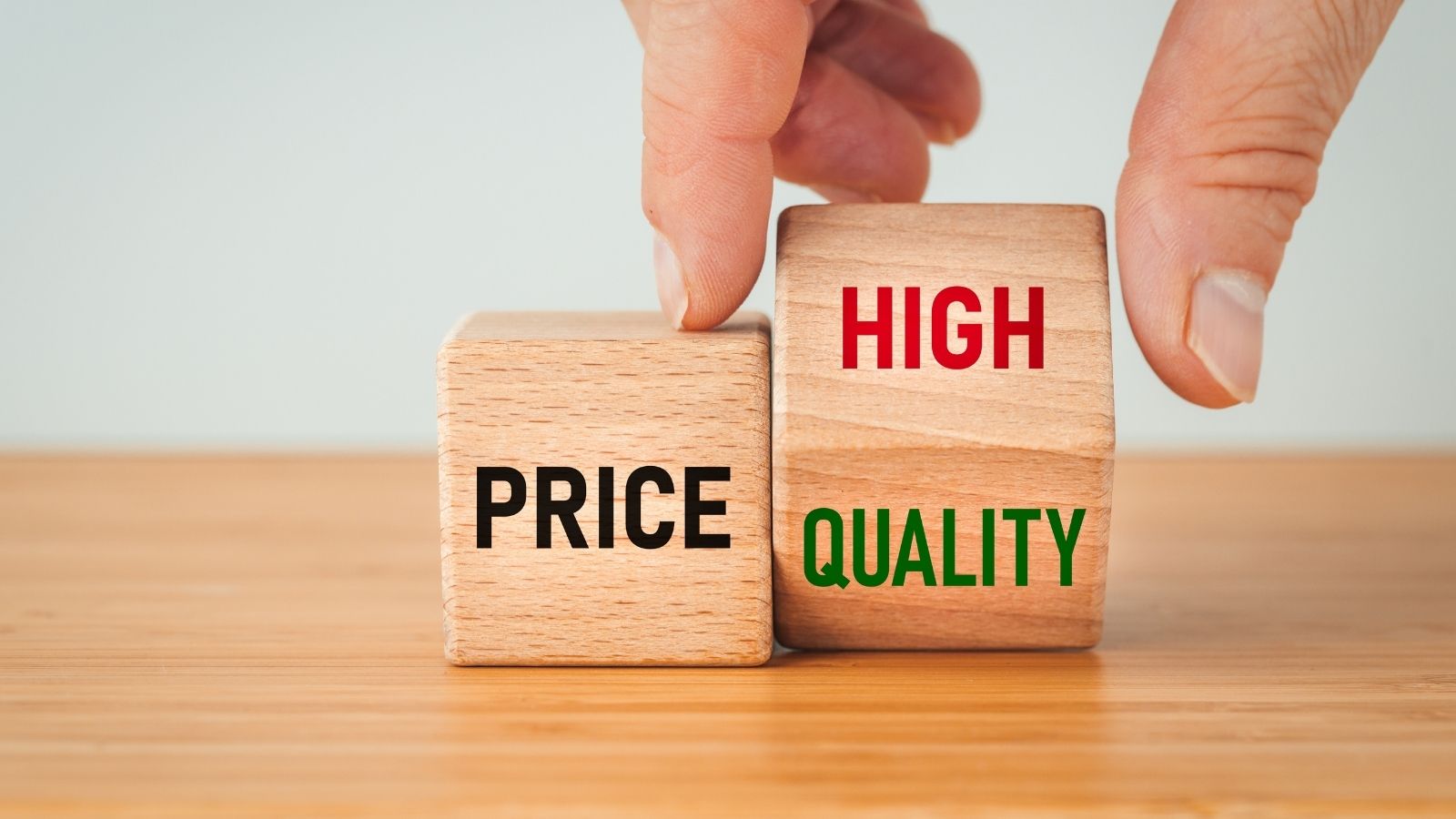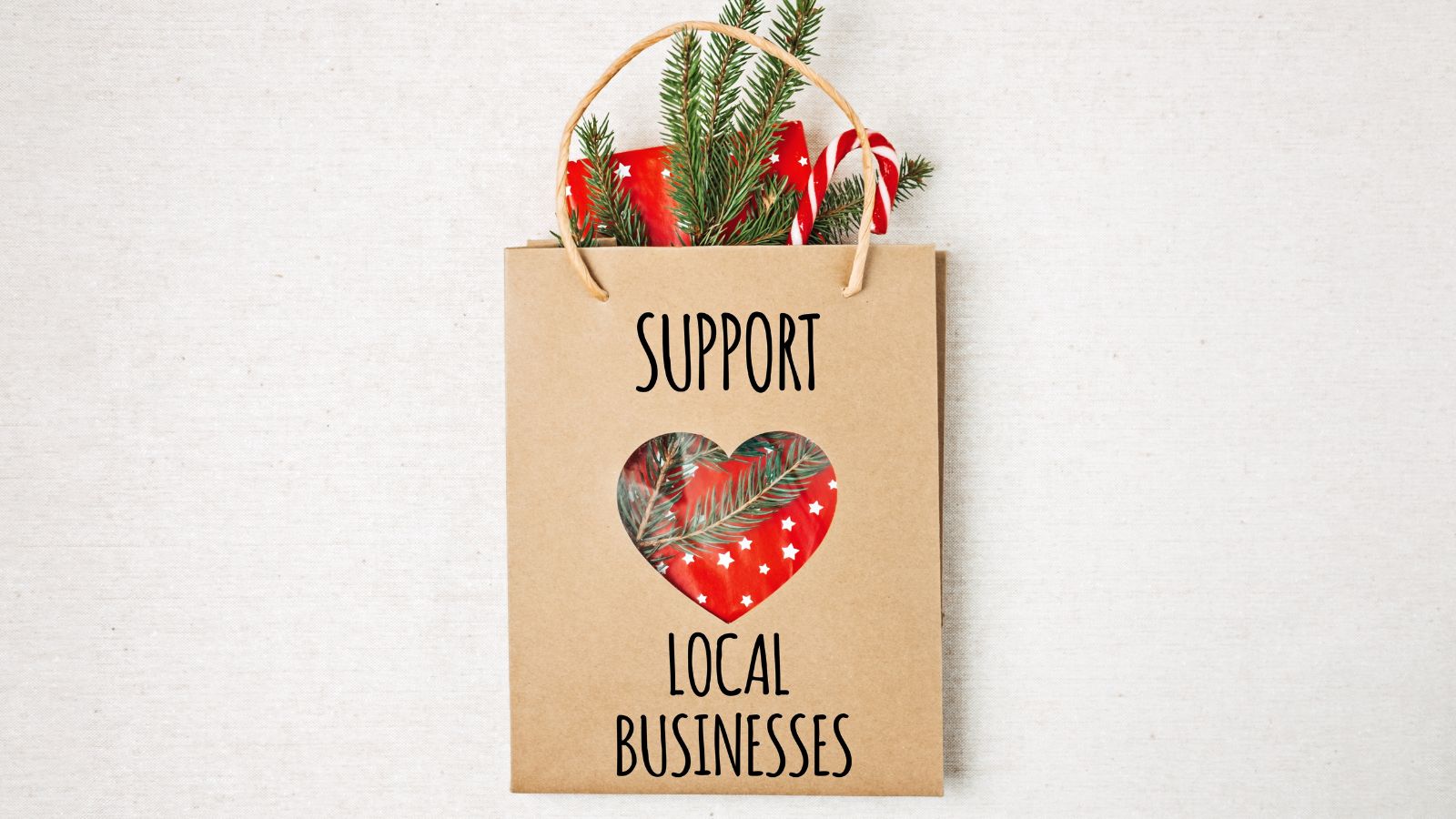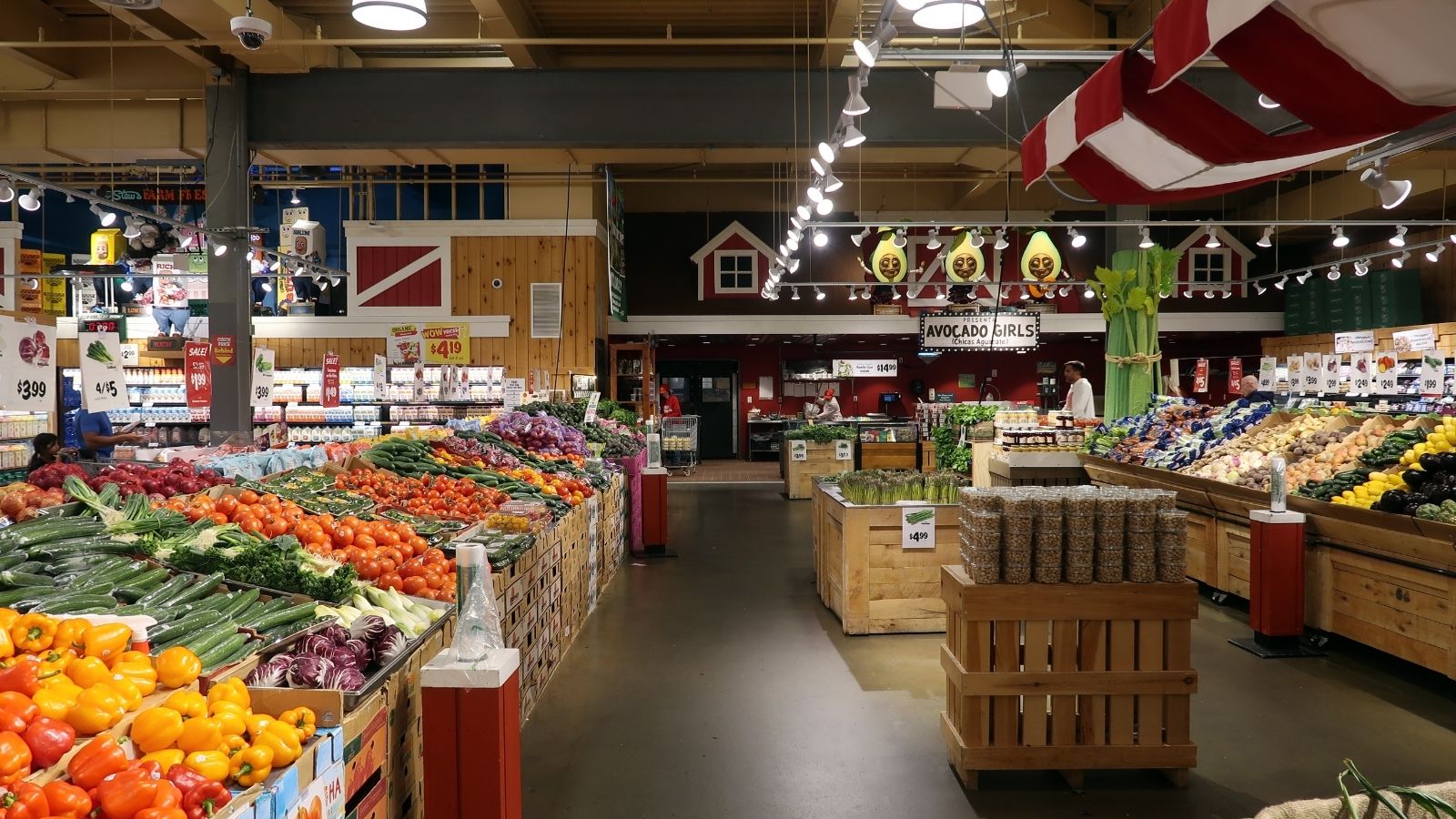When it comes to stretching a dollar, consumers across North America share plenty of strategies, from clipping coupons to waiting for sales. Yet, subtle differences in culture, policy, and mindset have quietly made Canadians exceptionally savvy at shopping. Whether it’s navigating fluctuating exchange rates or outsmarting retail traps, Canadians often bring a sharper edge to their consumer habits. This article explores 21 reasons Canadians are smarter shoppers than Americans.
Cross-Border Shopping Savvy

Proximity to the United States has trained Canadians to become highly strategic shoppers. Many make planned trips across the border, especially to cities like Buffalo or Bellingham, where price differences can be significant on items like clothing, electronics, and groceries. These shoppers are well-versed in customs limits, duty-free allowances, and tax refund rules, allowing them to maximize savings while avoiding penalties. Their cross-border savvy offers them access to a broader market, making them smarter and more resourceful than many Americans who tend to shop domestically.
International Price Comparison Experts

Because Canadian prices are often higher due to tariffs and transportation costs, Canadians regularly compare prices between Canadian and U.S. retailers. Online shopping habits reflect this, with many Canadians checking American sites like Amazon.com alongside their Canadian counterparts. This dual-pricing awareness sharpens their ability to spot true bargains, identify inflated prices, and time purchases for maximum value. It’s a habit that keeps them on their toes and less susceptible to retail manipulation.
Budgeting with a Weaker Dollar

Canadians have long lived with a currency that typically falls short of the U.S. dollar, which has a direct impact on shopping behavior. This reality forces Canadians to be more price-sensitive and deliberate with purchases, especially when shopping internationally or online. They calculate currency conversions, added shipping, and potential duties before clicking “buy.” This ingrained cost-awareness translates into smarter decision-making and better long-term value compared to American shoppers who might not think beyond sticker prices.
Loyalty Program Strategists

Canadian consumers are champions of loyalty programs, whether it’s PC Optimum, Air Miles, or Scene+. These programs are not just casually used but strategically leveraged to earn discounts, free travel, and other perks. Many Canadians tailor their shopping habits around point multipliers and redemption events, gaining substantial returns for purchases they’d make anyway. Their ability to turn regular shopping into rewards speaks to a level of planning and forethought not always common among U.S. shoppers.
Tax-Aware Shopping Habits

Because Canadian prices are typically listed without taxes, shoppers are trained to mentally add GST or HST at checkout. This habit fosters a more accurate understanding of total costs, making it easier to stick to budgets. American shoppers, by contrast, may be surprised by their final total, especially in states with higher sales tax. Canadians’ tax-savvy nature means they anticipate final costs better and avoid overspending as a result.
Navigating Higher Prices Intelligently

In many categories, Canadian goods are priced higher than their U.S. equivalents, and shoppers know it. This leads Canadians to wait for sales, buy in bulk, or seek out alternatives more often than their American counterparts. They also tend to research more before making high-ticket purchases to avoid regrets. This behavior creates disciplined consumers who buy smarter, not faster, and waste less money on impulse buys.
Flyer Culture Still Thrives

Printed and digital flyers are still hugely popular in Canada, with apps like Flipp making it easy to compare weekly deals across retailers. Shoppers take time to scan multiple stores before deciding where to shop, often planning grocery lists and errands around advertised specials. This old-school tactic, combined with modern technology, gives Canadians an edge in planning and optimizing their purchases. It’s a level of weekly diligence that many Americans overlook.
Selective Bulk Buyers

While both Americans and Canadians shop at big-box stores like Costco, Canadians are often more strategic about what they buy in bulk. Due to smaller home sizes and higher food prices, they’re careful not to overstock perishable goods or non-essentials. This disciplined approach to bulk shopping results in less waste and better per-unit savings. Rather than buying blindly, Canadians balance value with practicality.
Patience Pays Off

Canadians have a reputation for being more reserved and patient, and this cultural trait extends to shopping. They’re more likely to wait for big sales like Boxing Day or end-of-season clearances instead of succumbing to impulse purchases. This patience pays off in the form of lower prices and better deals. While Americans might rush to snag something new, Canadians often take a wait-and-see approach that benefits their wallets.
Adapting to Scarcity

Due to Canada’s vast geography and smaller population, not all products are readily available in every region. Canadians have learned to be resourceful, often shopping online or coordinating purchases with friends or family in other provinces. This adaptability fosters smart planning, budgeting, and multi-channel research. Americans rarely have to think this hard to access basic goods, giving Canadians an edge in shopping strategy.
Cashback Champions

Canadians are strong users of cashback apps like Rakuten, Caddle, and Checkout 51. These platforms let users earn money back on groceries, online purchases, and even gas. Many Canadians routinely stack cashback with coupons and loyalty points, squeezing every possible benefit from a single transaction. This financial layering shows a high level of shopping intelligence and frugality.
Thriving Second-Hand Market

Thrift culture is thriving in Canada, thanks in part to high retail costs and a growing sustainability movement. Canadians regularly shop at Value Village, Salvation Army stores, and online marketplaces like Kijiji or Facebook Marketplace. Whether out of necessity or environmental concern, this behavior saves money and extends the life of consumer goods. Americans often see second-hand shopping as a niche choice, whereas it’s mainstream and respected in Canada.
Environmentally Conscious Spending

Canadians are generally more attuned to the environmental implications of their purchases. Many are willing to pay a bit more for ethically sourced, eco-friendly, or locally made products, prioritizing long-term impact over short-term savings. This conscientiousness often leads to better quality purchases that last longer and reduce waste. Smart shopping, for many Canadians, includes both financial and ecological considerations.
Living Within Stricter Budgets

With a higher cost of living in many cities and smaller disposable incomes, Canadians are often forced to live within stricter financial parameters. This creates habitual budgeting, careful list-making, and a no-frills approach to shopping. By necessity, they become efficient and goal-oriented consumers. This contrasts with American shoppers who may have more room for discretionary spending and, as a result, more opportunities for waste.
Maximizing Price-Matching Policies

Canadian shoppers are excellent at taking advantage of price-matching policies offered by major retailers like Walmart, No Frills, and Real Canadian Superstore. They’ll come prepared with proof of a lower price at a competitor and ask for a match, saving time and money. This assertive yet informed approach is a sign of a confident shopper who values both convenience and value. Americans are less likely to use this tactic consistently.
Avoiding Credit Pitfalls

Canadians, on average, carry less credit card debt than Americans and have a more cautious relationship with credit. This translates into more deliberate purchases, less emotional spending, and a better understanding of interest rates. While not immune to financial strain, Canadians tend to use credit as a tool rather than a crutch. This discipline helps them make smarter shopping choices that align with their actual means.
Support for Local Businesses

Supporting small businesses is a bigger part of the culture in Canada, with many communities emphasizing local shopping through farmers’ markets and artisan fairs. Not only does this practice keep money circulating within the community, but it often results in higher quality, fresher goods. Canadians understand that value isn’t just about the lowest price, it’s about total benefit.
Tracking the Exchange Rate

Many Canadians follow the exchange rate closely, particularly when shopping online or planning cross-border trips. A weak loonie means holding off on U.S. purchases, while a strong one opens the floodgates for American deals. This sensitivity to currency gives them an awareness of timing and opportunity that U.S. shoppers simply don’t need to consider. It’s an economic fluency that shapes their shopping behavior wisely.
Less Dazzled by Too Much Choice

Canadian stores often offer fewer brand options than American ones, especially in rural areas. This lack of abundance encourages consumers to prioritize essentials, reduce brand loyalty, and seek value wherever it appears. With less noise in the marketplace, Canadians become excellent at recognizing quality and value without being overwhelmed by variety. Americans can easily fall into the trap of choice paralysis, leading to unnecessary or duplicate purchases.
Tech-Savvy Deal Hunters

From couponing apps to price-check extensions like Honey, Canadians are early adopters of smart shopping tech. Their online behavior reflects a willingness to dig deep for deals, use browser plug-ins to find coupons, and monitor price trends over time. This digital sophistication makes them formidable shoppers both online and offline. In contrast, many Americans underutilize these tools or use them inconsistently.
Focus on Long-Term Value

Canadian shoppers often consider total cost of ownership when making purchases. They factor in warranties, durability, and resale value rather than simply opting for the cheapest item on the shelf. This long-term thinking leads to smarter spending and fewer regrets. Americans, more accustomed to fast fashion and quick upgrades, sometimes miss this perspective entirely.
21 Products Canadians Should Stockpile Before Tariffs Hit

If trade tensions escalate between Canada and the U.S., everyday essentials can suddenly disappear or skyrocket in price. Products like pantry basics and tech must-haves that depend on are deeply tied to cross-border supply chains and are likely to face various kinds of disruptions
21 Products Canadians Should Stockpile Before Tariffs Hit
